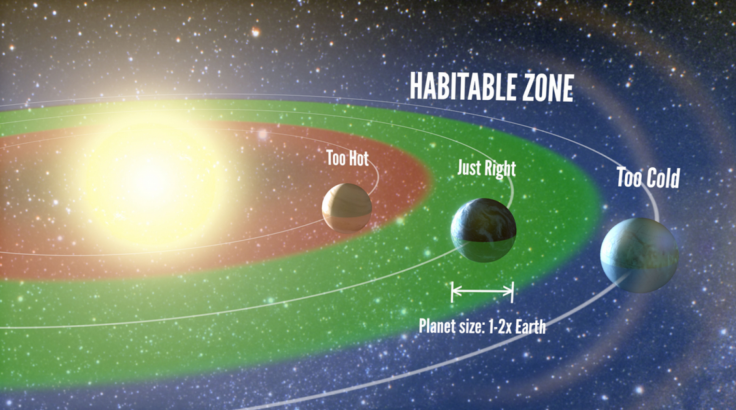‘Tens Of Billions’ Of Planets May Be Habitable, NASA’s Kepler Space Telescope Discovers 833 New Candidate Planets
Researchers from the University of California at Berkeley have come out with a bold estimate for the number of potentially habitable planets that are located in the Milky Way. There could be tens of billions of planets, just in our galaxy, that are Earth-like, within the habitable zone and orbit a sun-like star.

The research is based on data collected by NASA’s recently retired Kepler Space Telescope. According to the university, there are around 200 billion stars in the Milky Way galaxy, and some 20 percent of these stars are sun-like, which means 40 billion potentially habitable solar systems.
Researchers are looking for planets that are in the habitable zone of the star they orbit. Also known as the “Goldilocks zone,” this area is neither too hot nor too cold and the temperature allows for the possibility of liquid water on the surface of the planet. The research was published in the Proceedings of the National Academy of Sciences.
The researchers caution that while Earth-like planets are common, Earth-like conditions are not. There are plenty of other factors that affect the possibility of life on an exoplanet. Geoffrey Marcy, from UC Berkeley, said in a statement, “Some may have thick atmospheres, making it so hot at the surface that DNA-like molecules would not survive. Others may have rocky surfaces that could harbor liquid water suitable for living organisms.”
While Kepler has provided a massive amount of data, including 3,000 planet candidates, the next step is sorting through the findings to learn more about the host stars and the orbiting planets. The press release notes Erik Petigura, a graduate student at Berkeley, and the team of researchers are analyzing the light spectrum of stars in order to understand their brightness, which will help determine the size of orbiting planets. Based on their observations of 42,000 stars, the researchers found 603 orbiting planets, but only 10 were Earth-like in size, roughly one to two times the diameter of our planet, and potentially habitable. That means any planet that has “between four times and one-quarter the amount of light that Earth receives from the sun.” The researchers determined that 22 percent of sun-like stars have Earth-like planets orbiting in the habitable zone.

The search for life on another planet is much closer than one would expect. Petigura said, "When you look up at the thousands of stars in the night sky, the nearest sun-like star with an Earth-size planet in its habitable zone is probably only 12 light years away and can be seen with the naked eye. That is amazing." Researchers are working hard to analyze the data collected by Kepler over the course of four years and continue to make new discoveries. NASA notes that 833 new candidate planets were discovered, 10 of which are less than twice the size of Earth and are in the habitable zone.
© Copyright IBTimes 2024. All rights reserved.






















